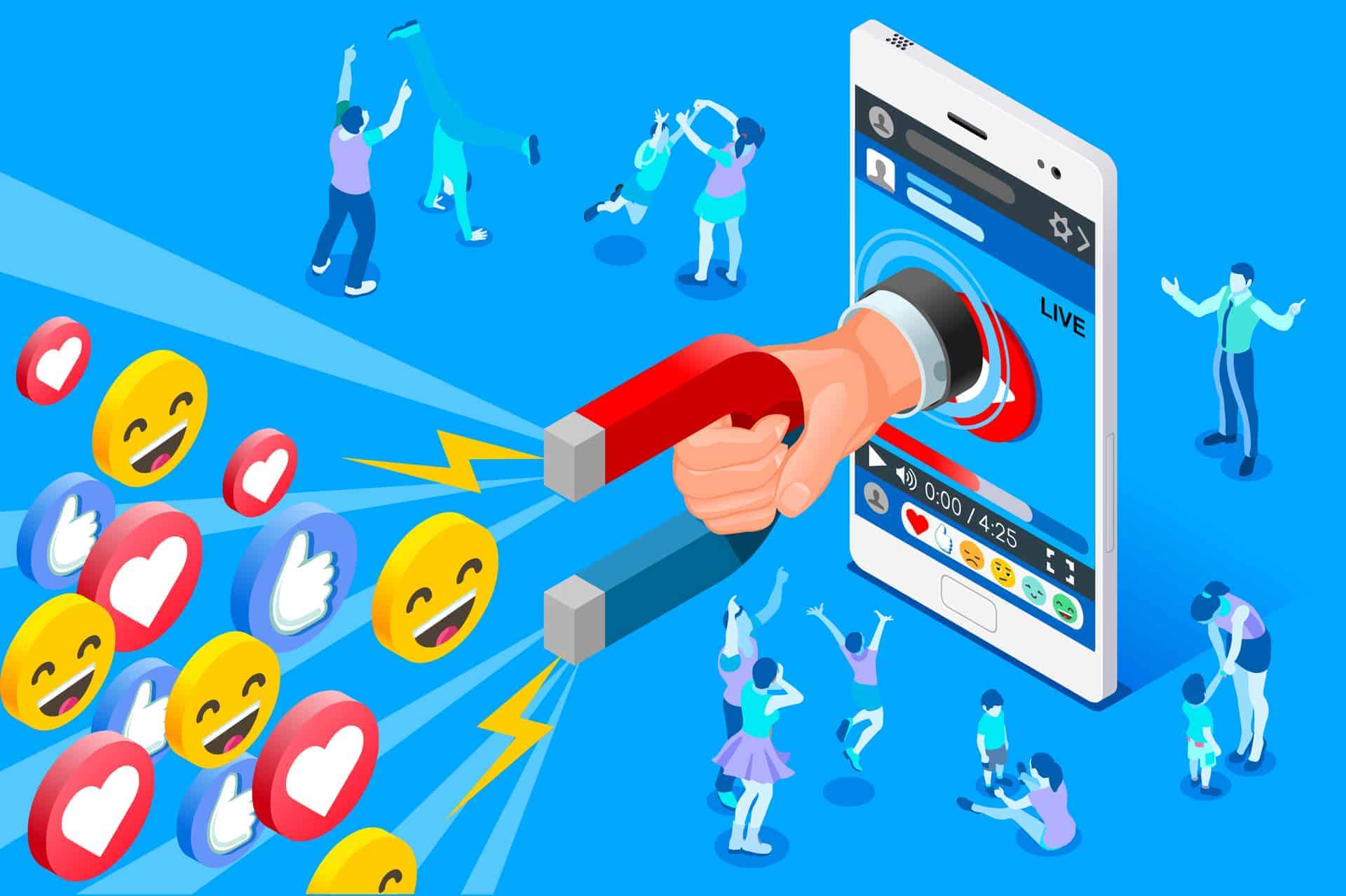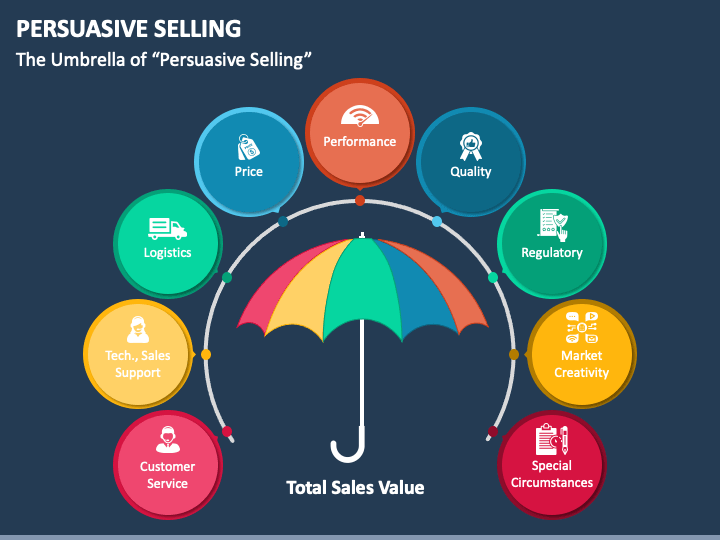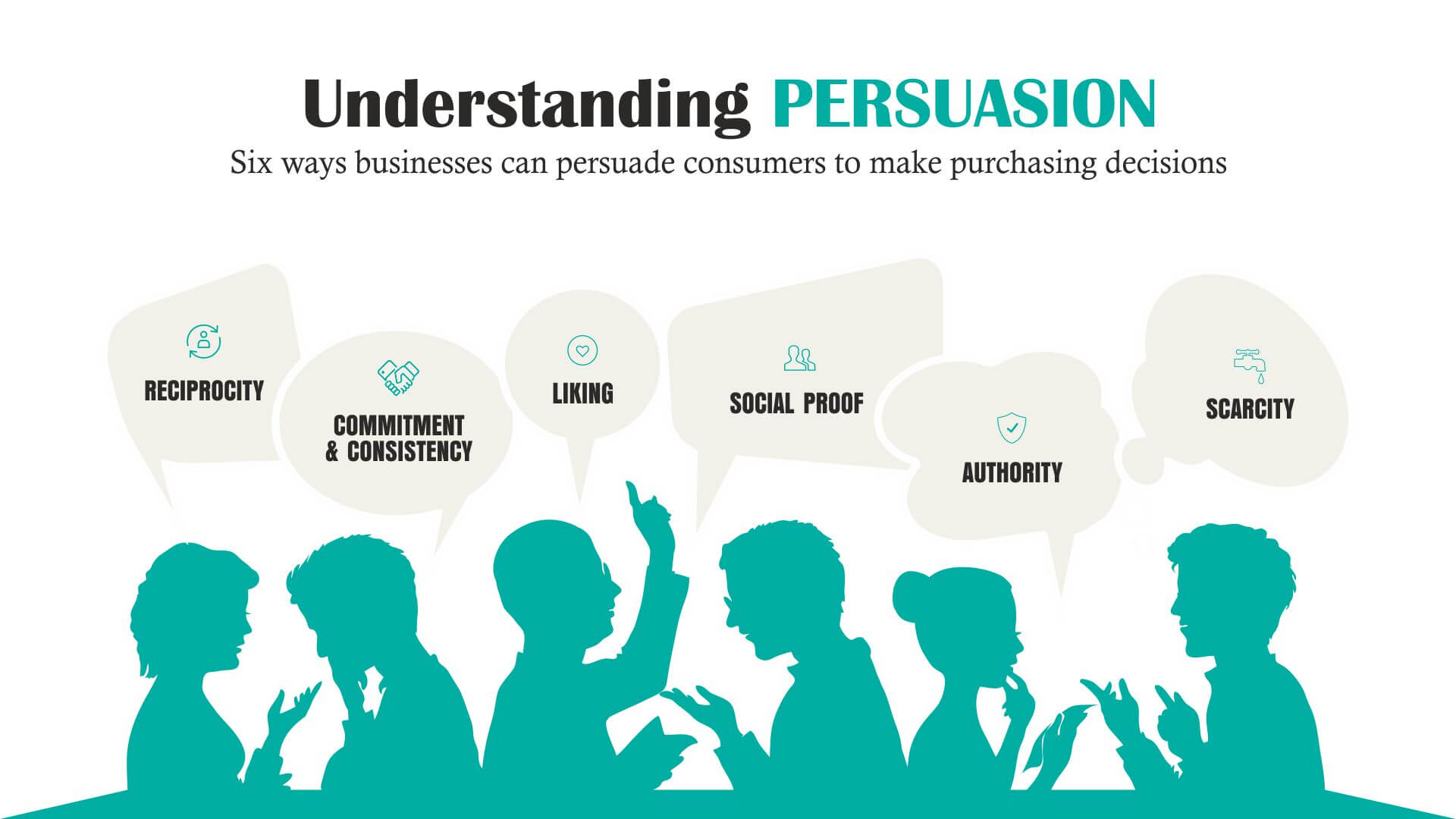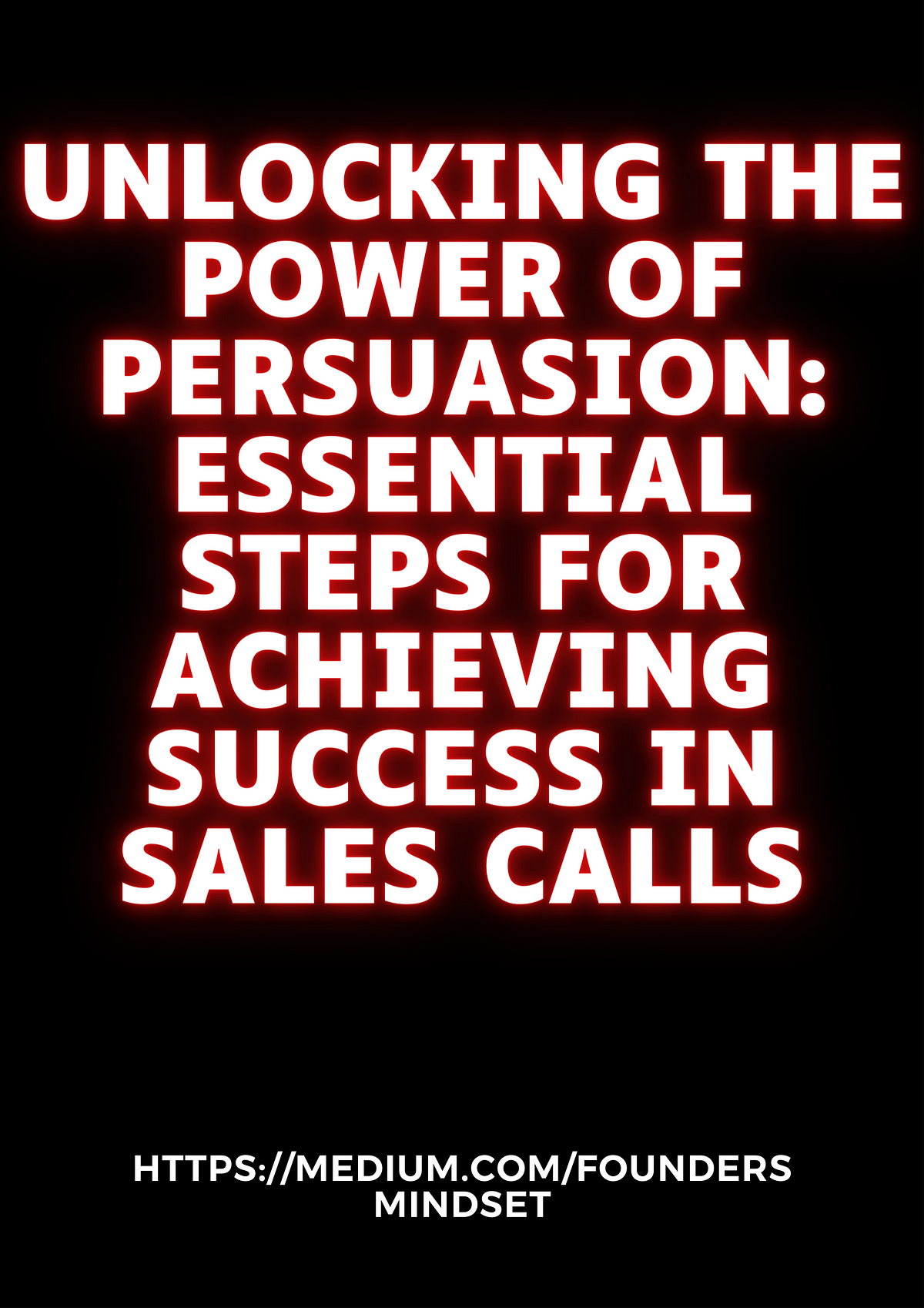Unlocking the Power of Persuasion: A Guide to Selling Your Product or Service

As an interior design expert and architect, I’ve spent years crafting spaces that resonate with people’s needs and desires. This experience has taught me the art of persuasion, of understanding what truly matters to customers and presenting a compelling case for why your product or service is the perfect solution.
To help you effectively communicate the value of your offering, let’s first understand the key ingredients of a successful sales pitch:

1. Know Your Audience:
Before you can effectively communicate the value of your product or service, you need to understand who you’re talking to.
- Who is your ideal customer? What are their demographics, lifestyle, and aspirations? What are their pain points and challenges?
- What are their motivations for buying? Are they seeking convenience, luxury, sustainability, or something else entirely?
- What are their objections? What concerns might they have about your product or service?


Once you have a clear picture of your ideal customer, you can tailor your message to resonate with their specific needs and desires.

2. Identify Your Product’s Unique Selling Proposition (USP):
What makes your product or service stand out from the competition? This is your USP, the core reason why customers should choose you.

- What are the key features and benefits? Focus on the aspects that directly address your ideal customer’s needs and desires.
- What are the unique advantages? What sets your product or service apart from the competition?
- What are the tangible and intangible benefits? Consider both the practical advantages and the emotional value your product or service offers.



3. Craft a Compelling Narrative:
People connect with stories. Use storytelling to bring your product or service to life and create an emotional connection with your audience.
- Tell a story about your customers’ challenges. Highlight their pain points and how your product or service provides a solution.
- Showcase the benefits in action. Use real-life examples, testimonials, and case studies to demonstrate the positive impact of your product or service.
- Create a sense of urgency. Highlight the benefits of acting now and the potential consequences of waiting.


4. Leverage Visuals:

Visuals are powerful tools for conveying information and capturing attention.
- Use high-quality images and videos. Showcase your product or service in a visually appealing way.
- Create compelling graphics and infographics. Use visuals to simplify complex information and make it easier to understand.
- Use floor plans and 3D renderings. If your product or service involves physical spaces, use visuals to help customers visualize the end result.

5. Embrace the Power of Demonstration:
Show, don’t just tell. Let your customers experience your product or service firsthand.
- Offer free trials or demos. Give customers the opportunity to try your product or service before they buy.
- Provide hands-on demonstrations. Show customers how to use your product or service and highlight its key features.
- Offer interactive experiences. Use technology to create immersive experiences that engage customers and help them visualize the benefits of your product or service.
Examples of Features and Benefits to Highlight:
To illustrate these principles, let’s imagine you’re selling a new line of sustainable, modular furniture:
Target Audience: Eco-conscious individuals who value stylish and functional furniture for their homes.
USP: Sustainable, modular furniture that is both beautiful and practical, allowing for customization and adaptability.
Features:
- Sustainable materials: Made from recycled and renewable materials, minimizing environmental impact.
- Modular design: Pieces can be easily rearranged and reconfigured to fit different spaces and needs.
- High-quality craftsmanship: Durable and long-lasting, designed to withstand the test of time.
- Versatile style: Available in a range of colors and finishes to complement any décor.
Benefits:
- Reduce your environmental footprint: Support sustainable practices and reduce waste.
- Create a personalized space: Customize your furniture to fit your unique style and needs.
- Save money in the long run: Durable furniture that lasts longer and requires less replacement.
- Adapt to changing needs: Easily reconfigure your furniture as your lifestyle evolves.
Storytelling:
- "Tired of bulky, outdated furniture that’s bad for the planet? Meet [your brand name], the sustainable furniture solution that lets you create a space that’s both beautiful and eco-conscious."
- "Imagine a living room that effortlessly adapts to your changing needs. With [your brand name] modular furniture, you can create a space that’s uniquely yours, while making a positive impact on the environment."
Visuals:
- High-quality images of your furniture in different settings.
- Floor plans and 3D renderings showcasing the modularity and adaptability of your furniture.
- Infographics highlighting the environmental benefits of your sustainable materials.
Demonstration:
- Offer free consultations to help customers design their ideal space.
- Host events where customers can experience your furniture firsthand.
- Create an interactive website or app that allows customers to virtually design their own space using your furniture.
Key Takeaways:
- Know your audience. Understand their needs, desires, and pain points.
- Identify your USP. What makes your product or service unique and valuable?
- Craft a compelling narrative. Use storytelling to connect with your audience on an emotional level.
- Leverage visuals. Use images, videos, and graphics to capture attention and convey information.
- Embrace the power of demonstration. Let customers experience your product or service firsthand.
By following these principles, you can effectively communicate the value of your product or service and persuade potential customers to make an informed purchasing decision. Remember, the key is to focus on the benefits, not just the features, and to create a compelling narrative that resonates with your target audience.

